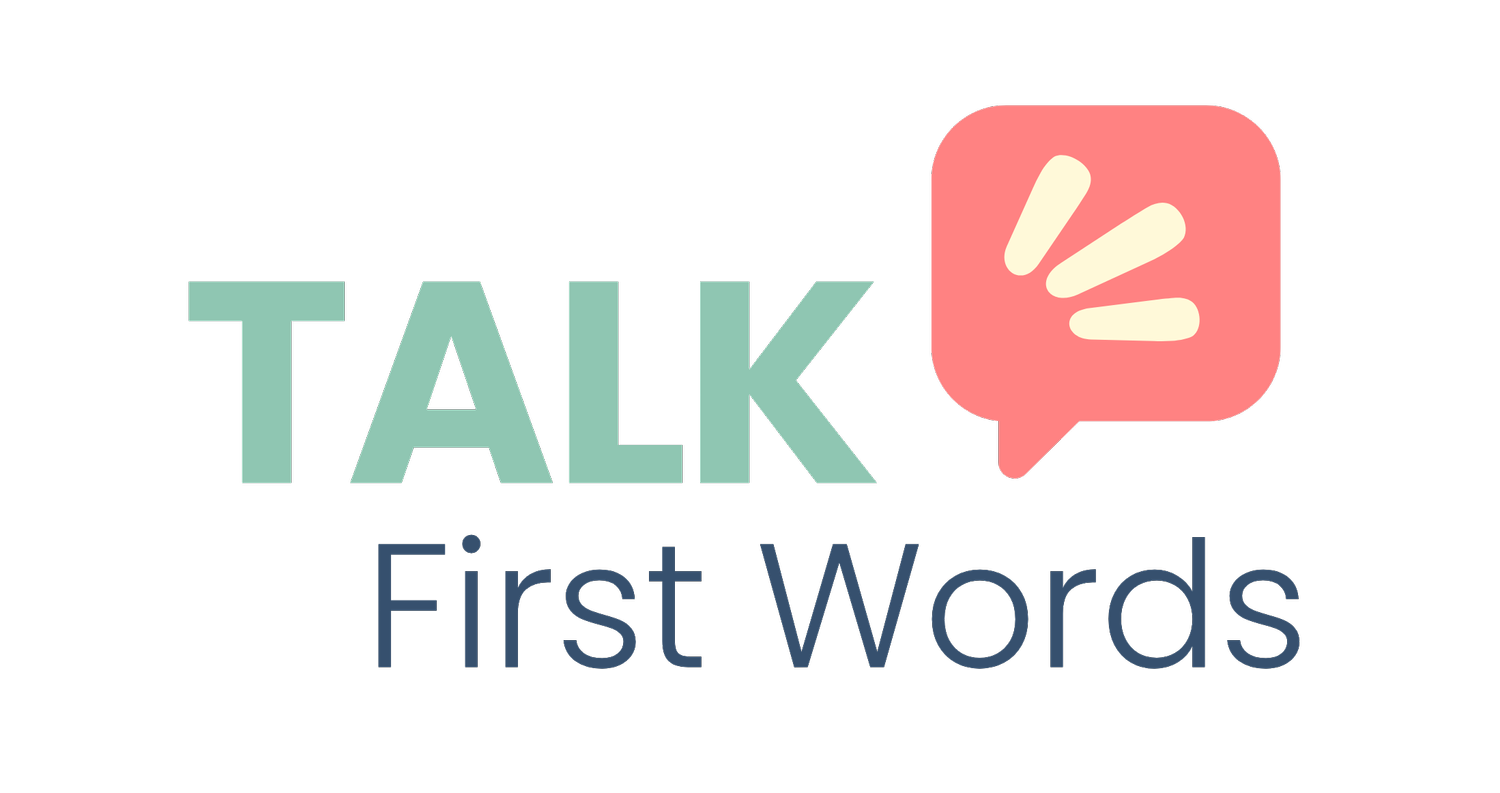3 Everyday Routines That Help Your Toddler Start Talking — Without Extra Time or Toys
You don’t need fancy toys, hours of screen-free play, or a background in child development to help your toddler talk.
In fact, some of the best language-learning moments are already built into your day, like snack time, bath time, and getting dressed.
Here’s how to turn these everyday routines into powerful speech-building opportunities.
🧁 Snack Time = A Speech Goldmine
Snack time is packed with natural chances to practice:
Requesting ("more," "cracker," "drink")
Commenting ("yummy," "all done," "big bite")
Making choices ("apple or banana?")
💬 What to Say:
“More banana?” (pause and wait)
“You want juice — juice, please.”
“Mmm, crunchy cracker!”
🛠 Strategy:
Use the expectant pause: Hold up a snack, look at your child, and wait 3–5 seconds.
You're giving them space to initiate communication — a key early skill.
🛁 Bath Time = Vocabulary + Verbs
Bath time is a perfect time to build vocabulary with fun, sensory-rich words and repeated actions. Repetition helps words stick.
💬 What to Say:
“Wash, wash, wash!”
“Drip drip! Splash splash!”
“Where’s your tummy? Let’s wash your tummy.”
🛠 Strategy:
Choose 1–2 focus words (like splash or wash) and repeat them 10–15 times during the routine.
Label body parts too — it's bonus vocabulary with built-in visuals!
👕 Getting Dressed = Sequencing + Body Words
Even simple tasks like putting on socks offer chances to model short, meaningful phrases.
💬 What to Say:
“Sock on!”
“Shirt over your head — where’s your arm?”
“First pants, then shoes.”
🛠 Strategy:
Narrate using short, simple phrases. Emphasize action words like push, pull, zip, and snap — verbs are often the building blocks of early sentences.
🎯 Your Week 3 Action Plan
This week, try picking one daily routine and focusing on:
✅ Using short, repeatable phrases
✅ Naming what your child sees, hears, or feels
✅ Waiting 3–5 seconds to let your child respond
✅ Celebrating any attempt to communicate — whether it’s a sound, gesture, look, or word
Remember: You are your child’s best language teacher.
These tiny tweaks during everyday routines can spark big growth in your toddler’s communication skills.
👥 Want Feedback on Your Routines?
In our weekly TALK coaching calls, we go over your real-life routines, and I help you:
Spot missed opportunities for language
Choose the right words based on your child’s current level
Make small tweaks that create big speech wins
👩💻 Join TALK Coaching Here
📲 Or DM@talk.firstwords for access to the next call!

